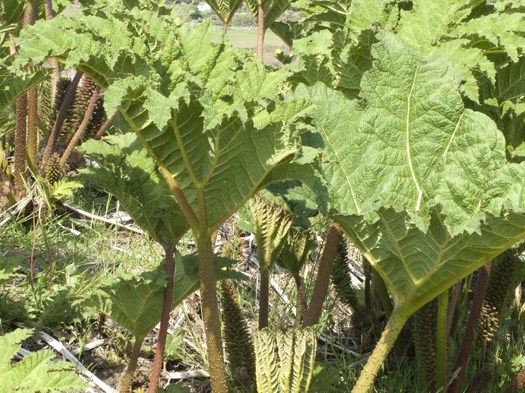Created on: Wednesday, Jun 29th, 2016
USDA GRIN: https://npgsweb.ars-grin.gov/gringlobal/taxonomydetail.aspx?id=400231;
GBIF: http://www.gbif.org/species/2984306;
Jepson: http://ucjeps.berkeley.edu/eflora/eflora_display.php?tid=27405
Reviewed by Tim Hyland, California State Parks, and Ron Vanderhoff, California Native Plant Society - Orange County.
Comment by Ron Vanderhoff: Given the climate match statistics and the known habitat and ecology of the species this would seem to be a regional concern. Establishment of the species South of the Bay Area may be unlikely.
- < 13 : accept (low risk of invasiveness)
- 13 - 15 : evaluate further
- > 15 : reject (high risk of invasiveness)

